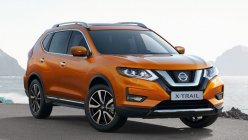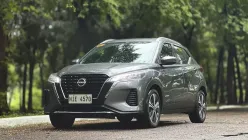Nissan Philippines finally brings over the LEAF electric vehicle to our shores, some four years after the second-generation model was launched in Japan. The company isn’t the first to introduce an EV here, but if the LEAF is well-received, it could open the floodgates for other automakers to unleash their own contenders in the segment.
Electrified rEVolution - 2021 Nissan LEAF Philippine Launch
The move is consistent with the worldwide trend towards electrification, as automakers pledge to phase out their existing combustion-powered models by the middle of this century. That’s well and good for industrialized countries that are presumed to have invested in the necessary infrastructure to support EV use, but for developing nations like the Philippines, potential customers might still be understandably leery.
All things considered, the LEAF could be that needed step to jumpstart our market’s independence from fossil fuels. According to Australia-based insurer Budget Direct’s Global Fuel Index, the Philippines has the 52nd most expensive gasoline and diesel prices in the world, out of 165 countries. With personal mobility becoming an even more valued commodity these days because of the pandemic, we don’t see that ranking improving anytime soon.
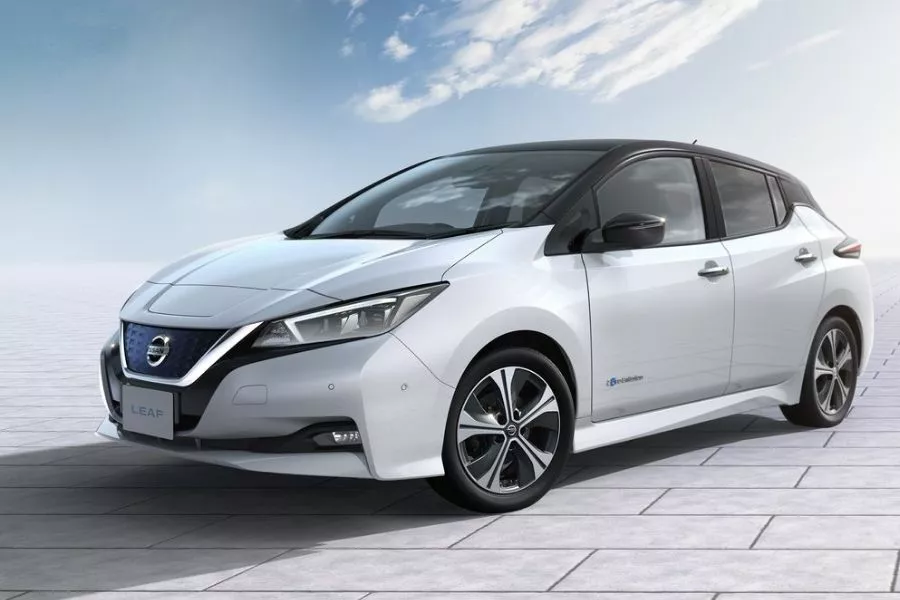
Could the Nissan LEAF help us become less dependent on petroleum products?
Which brings us back to the issue of EVs, the LEAF in particular. As mentioned, the main concern of potential customers in owning an EV would be available charging stations (or lack thereof). Having a sophisticated set of wheels suddenly stop in the middle of nowhere because it ran out of juice isn’t a savory thought. Fortunately, Nissan is offering several charging options for the LEAF.
The first is standard charging at home, with nothing more than a standard 220-volt electric outlet. It’s the simplest method, similar to plugging in your smartphone, but it isn’t exactly the fastest. Using the supplied home charger, users can expect to wait approximately 18.5 hours to bring the LEAF to a full charge from a low battery state.
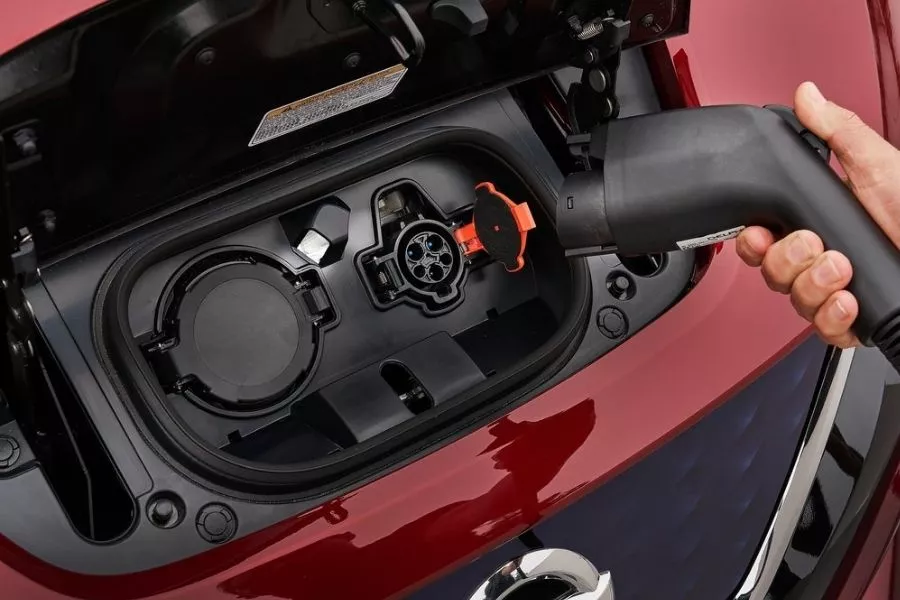
The EV can be recharged both at home and on the go
If the budget and home electrical layout permits, customers can have the optional Wall Box Charger installed. From when the low battery warning pops up on the display to a fully juiced-up LEAF, all it takes is an estimated 7.5 hours of charging time, the equivalent of a good night’s sleep.
When you’re on the go, a number of public Quick Charging stations are on hand to let you top up the battery’s charge. These are available at select Nissan Philippines dealerships, with more coming soon. Charging times using the Quick Charger vary depending on the battery’s remaining load and temperature, but it generally takes 40 minutes to get the indicator from low to 80 percent.
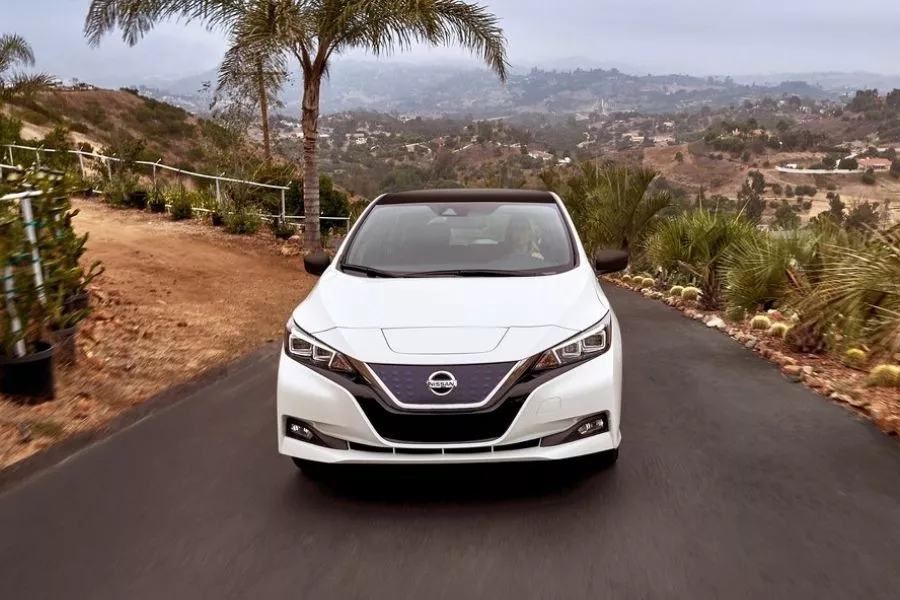
A single charge yields a range of up to 311 kilometers
The LEAF is also capable of regenerative braking through a dedicated B Mode. This feature allows the EV to recover braking energy that would otherwise be lost as heat, using it to charge the onboard battery. There’s also an ECO Mode which regulates the output of the electric motor and increases regenerative braking to improve range. Under ideal conditions, the LEAF’s 40 kWh battery can power the vehicle up to 311 kilometers on a full charge, the equivalent of driving from Quezon City to Baguio.
With a model this flexible, hopefully customers will be able to take a second look at EVs as serious alternatives to typical combustion-powered vehicles for their mobility needs.
We power your automotive know-how with the latest updates at Philkotse.com.
Know more about Nissan LEAF 2026

The Nissan LEAF 2025 Philippines is a 5-door hatchback fitted with an all-electric powertrain. It is offered in the Philippines with one variant only which is priced at Php 1,998,000. Powering this electric vehicle (EV) is a synchronous electric motor capable of generating 148 horsepower and 320 Nm of torque. A 40-kWh lithium-ion battery is used, which aids the model's 311 km range. Only a single-speed gear reduction system is utilized to exclusively send power to the front wheels.
Dimensions-wise, the LEAF has a length of 4,490 mm, a width of 1,788 mm, and a height of 1,540, with ground clearance and wheelbase rated at 155 mm and 2,700 mm, respectively. This is the first and only commercially available EV in the country. But in the all-electric options, the alternatives of Filipino car buyers include the Porsche Taycan, Hyundai Ioniq EV, and BYD E6.
>>> New and used Nissan LEAF 2025 for sale in the Philippines
Nissan LEAF Launch
The first-generation Nissan LEAF was initially introduced in the United States and Japan in December 2010. Due to its striking road presence and overall impressive performance, it gained recognitions such as the Green Car Vision Awards in 2010, the European Car of the Year and the World Car of the Year both in 2011 and the Car of the Year Japan for two consecutive years. Also, this multi-awarded electric vehicle is acclaimed as the world’s top-selling as of December 2019.
The second-generation Nissan LEAF was unveiled in October 2017. It was made available in the US and Europe a year later. The Nissan LEAF made its Philippines debut in May 2021. Nissan Philippines is offering the LEAF at Php 2,798,000. Available colors for the 2025 Nissan LEAF with the two-tone blacked-out roof include Pearl White, Vivid Blue, Gun Metallic, and Magnetic Red.
Nissan LEAF Exterior
The new Nissan LEAF comes with a sporty exterior design, and it looks similar to the global model that’s currently being sold in Japan, the United States, and Europe. In terms of dimensions, the LEAF electric vehicle measures 4,480mm long, 1,790mm wide, and 1,540mm tall. It also has a wheelbase of 1,540mm and a ground clearance of 155mm.
The Nissan LEAF is fitted with halogen headlamps with LED daytime running lights. It also has front fog lamps and a rear fog lamp, rain-sensing wipers, electronically adjustable and foldable front mirrors, and a rear wiper. The said electric vehicle also comes with Nissan’s signature V-motion grille. The LEAF is finished off with a set of 16-inch alloy wheels, wrapped with 205/55R16 tires.
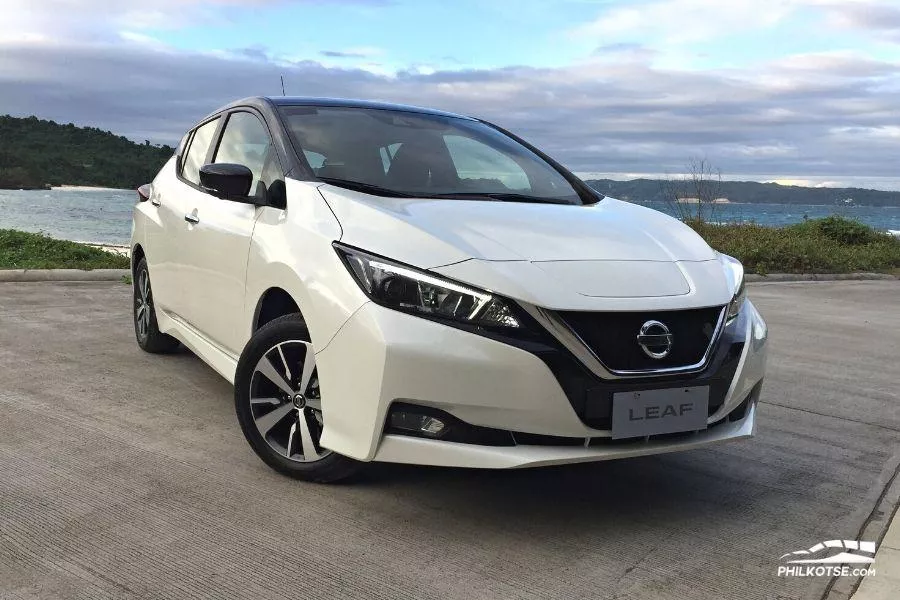
Nissan LEAF Interior
The Nissan LEAF 2025 can accommodate up to five occupants. It has a dark interior theme along with an automatic climate control system, and fabric-clad seats. The LEAF also comes with a six-way manually adjustable driver’s seat, a leather-wrapped steering wheel with tilt adjustment, a push-to-start button, and a multi-information meter.
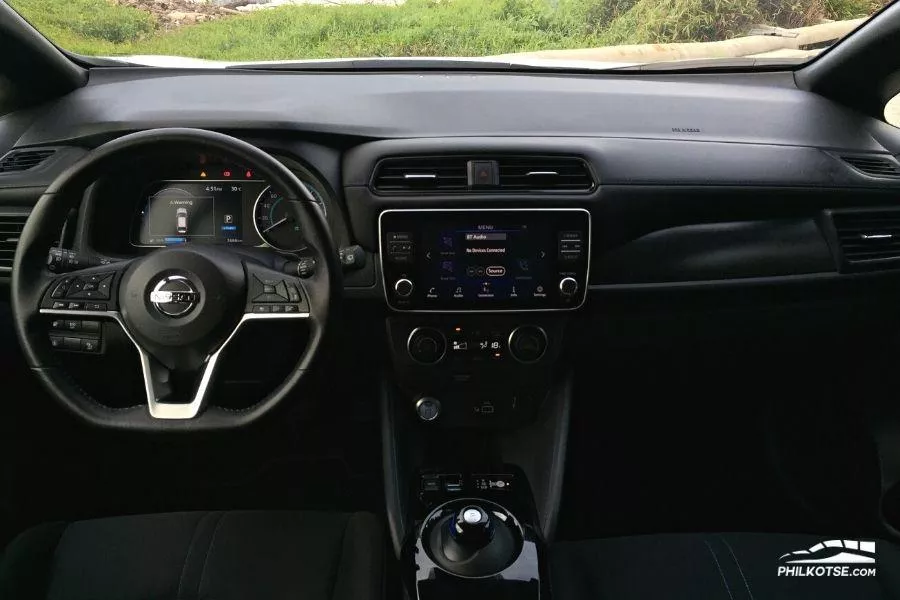
Technology & Safety Features
The LEAF Philippines is integrated with several techs and safety features. Placed at the center of the dashboard is an eight-inch touchscreen with Apple CarPlay and Android Auto. It also comes standard with a 360-degree view camera that can detect moving objects. The LEAF also has a driver attention alert system that warns one of the things moving in the car’s blind spots, rear end, and whenever you’re departing a lane. Adding to the list of the LEAF’s features are the following: hill-start assist, vehicle dynamic control, and anti-lock braking with electronic brake-force distribution. On the more passive side, the Nissan-made EV comes with a total of six airbags.
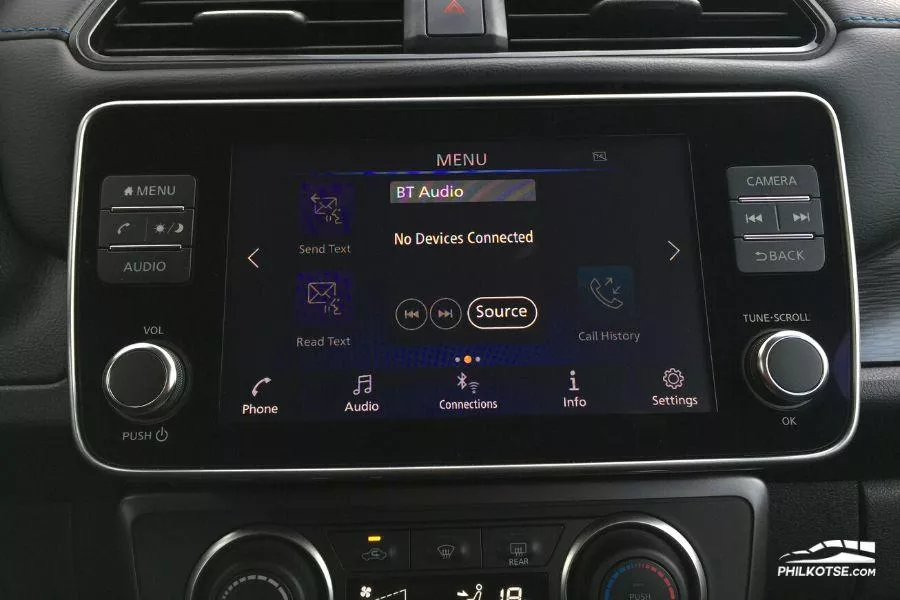
Platform & Chassis
The new Nissan LEAF is fitted with an independent front strut suspension and torsion beam suspension at the rear.

Engine & Drivetrain
The Nissan LEAF EV is powered by an electric motor that delivers 148 hp and 320 Nm of torque. Power is sent to the front wheels via a single-speed gear reduction system. The Nissan-made EV uses a 40-kWh lithium-ion pack with a 311-kilometer range. This can be charged with your bog-standard wall outlet, and doing so will fill it up fully in 15 to 18 hours. However, a quick charging station cuts down the LEAF’s charging time down to just 40 minutes to an hour.
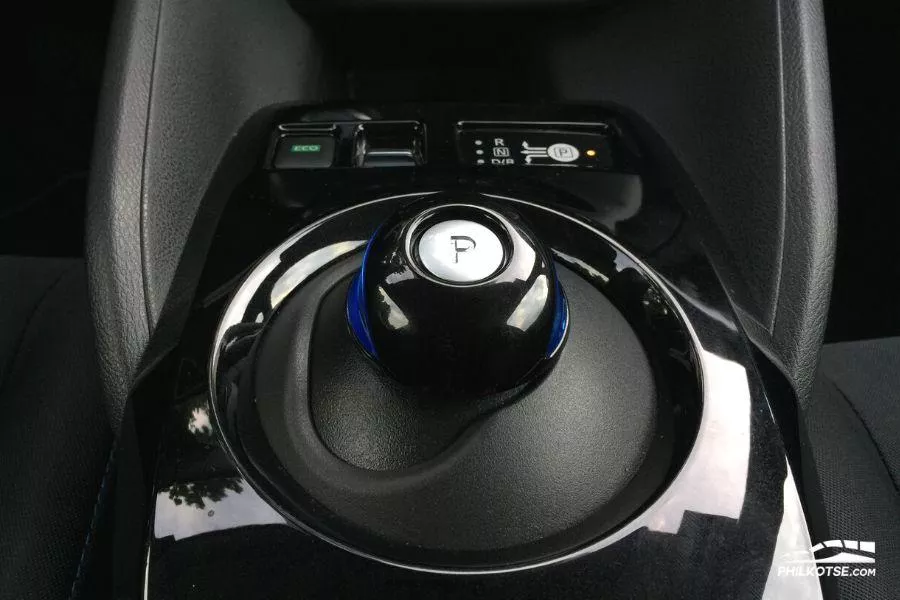
Available colors for the Nissan LEAF are Gun Metallic, Vivid Blue, Magnetic Red, and Pearl White, all of which come with a Pearl Black roof.
The Nissan LEAF still doesn't have a lot of competition in the country as the local EV market is still relatively new.
Nissan LEAF 2025 Price List
| Variant | Price |
|---|---|
| Nissan LEAF 40kWh | ₱1,998,000 |
Nissan LEAF Pros & Cons
Pros
-
Offers 311 km of range
-
Sleek styling with the two-tone finish
-
Cheaper to run combustion engines
Cons
-
Relatively expensive price tag
-
EV infrastructure is still in its early stages.
-
First-time EV owners might expect more in terms of driving experience
Nissan LEAF FAQs
1. How much does a Nissan LEAF 2025 cost in the Philippines?
In the Philippines, it is available in one variant which is priced at P1,998,000.
2. What problems does the Nissan LEAF have?
Nissan LEAF had some issues about reliability, with some electrical and brake concerns.
3. What is the body type of Nissan LEAF?
The body type of LEAF is a hatchback.
4. Does the Nissan LEAF 2025 have a reverse camera?
Yes, it does. With the reverse camera, you can see what is behind the car on the screen.
5. What is the Length of Nissan LEAF Philippines?
The length of LEAF is 4,490 mm.
₱ 1,998,000
ExploreRecent posts
- electric vehicle ownership Nov 24, 2022
- Nissan Philippines LEAF May launch Apr 27, 2021
- Nissan LEAF 10 years 500,000 units Dec 05, 2020
- 7 things you might not know about Regenerative Braking Nov 27, 2019
- Should you buy an Electric Vehicle (EV): Why or Why not? Aug 09, 2022


